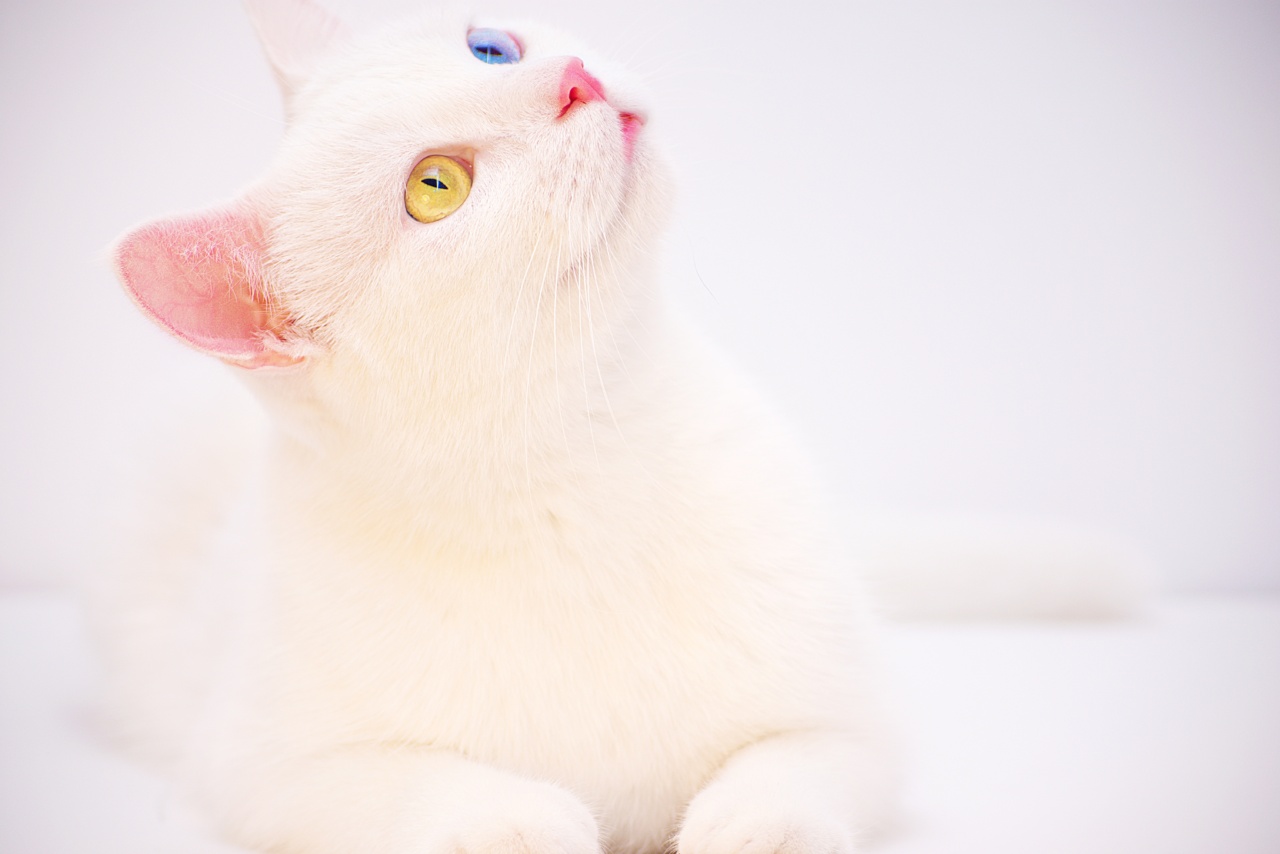White cats with blue eyes have always been fascinating creatures. Their striking appearance and unique characteristics make them stand out from other cats.
One common belief about these enchanting felines is that they are less-hearing compared to other cats. In this article, we will explore whether there is any truth to this claim and delve into the science behind it.
The Genetics Behind White Cats
To better understand the correlation between white cats and hearing ability, it is essential to first delve into the genetics involved.
The gene responsible for a cat’s coat color is called the “epistatic white” gene, often abbreviated as W. When a cat inherits two copies of this gene, one from each parent, it produces a white coat. This gene also affects the cat’s eye color, resulting in blue eyes.
The Link between Coat Color and Hearing Ability
While white cats with blue eyes are undeniably beautiful, they are often associated with higher rates of deafness. Studies have shown that this association is primarily due to a condition called congenital deafness, which is present at birth.
Congenital deafness is more prevalent in certain cat breeds that commonly exhibit white coats and blue eyes, such as the Turkish Van and the white Maine Coon.
The Role of the Piebald Gene
The piebald gene, also known as the “white spotting gene,” is closely related to the incidence of deafness in white cats.
The presence of this gene affects the migration of cells in the developing inner ear during fetal development, leading to abnormalities and ultimately resulting in deafness.
Deafness Assessment and Statistics
Various studies have been conducted to determine the prevalence of deafness in white cats with blue eyes. According to these studies, the percentage of deaf white cats ranges from 60% to 85%.
The deafness is often unilateral, meaning it affects only one ear, but in some cases, it can be bilateral.
Identifying Deafness in Cats
It is essential for cat owners to be able to identify potential hearing problems in their white cats with blue eyes.
Some common signs of deafness in cats include not responding to their name being called, not reacting to loud noises, and being easily startled when approached from behind. If you suspect that your white cat may be deaf, it is recommended to consult with a veterinarian who can perform further tests to confirm the diagnosis.
Managing Deafness in White Cats
Losing one’s hearing can pose challenges for cats, just as it does for humans. However, with the right support and care, deaf cats can lead happy and fulfilling lives.
For example, owners can utilize visual cues instead of auditory ones to communicate with their deaf cats. Additionally, keeping deaf cats indoors is crucial to ensuring their safety, as they may be more vulnerable to dangers outside.
The Impact of Deafness on Quality of Life
While deafness can be a hindrance, it does not necessarily mean that a white cat’s quality of life will be significantly affected. Cats rely heavily on their other senses, such as sight and smell, to navigate the world.
White cats with blue eyes can still live full lives and form strong bonds with their owners, despite their hearing impairment.
Conclusion
White cats with blue eyes do have a higher likelihood of experiencing deafness compared to other cats. The presence of the epistatic white and piebald genes contributes to this increased risk.
However, it is important to remember that not all white cats with blue eyes are deaf. Each cat is unique, and while deafness may present challenges, it does not diminish their potential for a happy and fulfilling life.






























